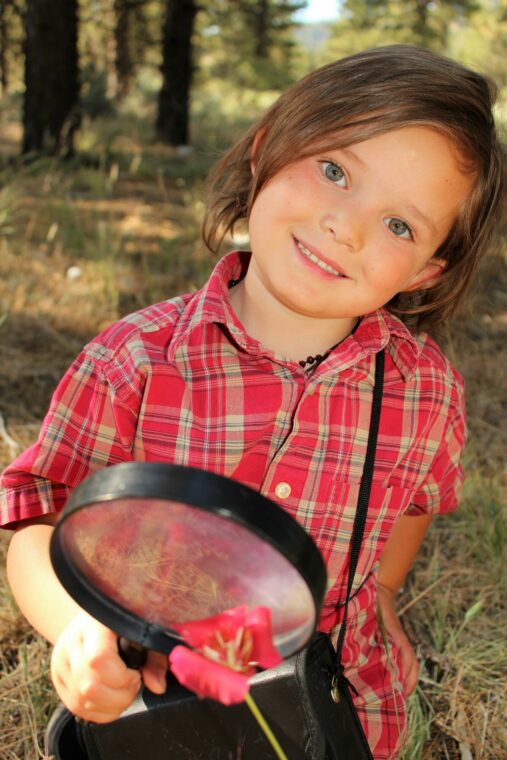 Most adults and children feel anxiety at some point in their lives. Unfortunately, the incidence of anxiety has increased over the last decade, and dramatically increased since the pandemic began. Anxiety is evoked by a change in life’s normal patterns or new unexpected events, challenging experiences, watching social media, even pressure from work, school, parents, friends, and family. Children may feel more anxiety because of changes in classrooms, life’s developmental challenges, feeling left out, too much pressure from family or school, and/or confusion about how life is supposed to work as they watch social media and new experiences of life unfold around them.
Most adults and children feel anxiety at some point in their lives. Unfortunately, the incidence of anxiety has increased over the last decade, and dramatically increased since the pandemic began. Anxiety is evoked by a change in life’s normal patterns or new unexpected events, challenging experiences, watching social media, even pressure from work, school, parents, friends, and family. Children may feel more anxiety because of changes in classrooms, life’s developmental challenges, feeling left out, too much pressure from family or school, and/or confusion about how life is supposed to work as they watch social media and new experiences of life unfold around them.
What is anxiety?
Anxiety can be mild or debilitating. When we are anxious we are overly concerned, our thoughts are more often negative, we compare ourselves to others more frequently, we think about failing, our confidence is low, and/or we worry excessively. Symptoms of anxiety in children will look like:
- Finding it hard to concentrate
- Not sleeping well, nightmares
- Not eating well
- Quick to show angry, irritability, or emotional outbursts
- Constant worry or negative thoughts
- Tense, fidgety
- Fear of being alone
- Worrying about loved ones
- Physical symptoms such as headaches, stomach aches, frequents colds or illnesses
Because anxiety can get in the way of being happy, functioning well in the world, doing well at school, making friends, and our overall psychological health, we need tools to cope with and mitigate anxiety. Teaching children tools for coping is imperative to their life long mental, emotional, and physical health. Expressive writing is one simple, effective, and free tool to lessen anxiety and improve emotional wellness.
What is Expressive Writing?
Expressive writing (EW) is free writing without focusing on grammar, punctuation, or spelling. The writer sits and writes a deep and emotional piece about a personally significant experience, whether it’s is a past or present troubling event, or a topic that is currently concerning for them. The writing can be guided by prompts or simply freely expressing oneself as deeply as possible. Because people typically suppress emotions or focus on the negative they need tools to help with expression. Done correctly, EW can help the writing talk about their feelings and eventually see the positive in the situation.
How does Expressive Writing work?
For years research has shown the expressive writing reduces anxiety in adults and children (it also helps lessen depression). Although it’s not 100% clear how it helps, here are some thoughts about how it works. Expressive writing:
- Gives an outlet for emotional expression
- Organizes thoughts
- Helps distance yourself from the situation
- Helps gain control over the situation
- Regulates emotion
- Clears your mind and provides relief
- Creates greater self-awareness and understanding about the situation
It also helps with:
- Increasing feelings of well-being
- Improving happiness
- Improving social relationships
- Increasing self-efficacy
- Improving mental flexibility and ability to handle stress
- Can improve sleep and increase memory
Using Expressive Writing
With all these positive factors, why not try it? It’s free too! One simple and easy format to use yourself, with your children, in a group, or in a classroom is called The Imagine Project. The Imagine Project is a 7-step journaling process that prompts the writer to write about a difficult experience and move into seeing the possibility of that experience, all using the word Imagine to begin every sentence. It’s very simple and set up in a journal format so parents, counselors, nurses, and/or teachers can use it with their children, clients, or students. The journals are downloadable for free at www.theimagineproject.org. There are 4 journals, Kinde, Kids, Teens, and Adults (there are digital versions too). Lessen plans and everything a teacher needs are available on the website www.theimagineproject.org. You can incorporate The Imagine Project into a variety of formats. It can be used once, or over and over again when children/students are faced with difficult life situations that are causing anxiety for them. Teachers benefits from it too when you use it yourself and/or you learn more about your students and give them the opportunity to create camaraderie, empathy, and a sense of community in the classroom. You are also giving them a free and effective lifelong tool to improve their overall emotional wellness.
To get started go to www.theimagineproject.org and download the age appropriate journal for you, your child, client, patient, or students. You will see their outlook on life improve, they will be able to focus better, and their overall emotional wellness will improve.
Good luck and keep Imagining!
Dianne
Dianne is the founder and CEO of The Imagine Project, Inc., a nonprofit organization that helps children K-12 (and adults) process and heal from difficult life circumstances through expressive writing. Dianne has her Masters in Psychiatric/Mental Health Nursing, has written multiple books, is an international speaker, lives outside of Denver, CO, and has 3 grown children. Learn more about The Imagine Project at www.theimagineproject.org.

 The start of the new year signifies a time for new opportunities, goals, and reflection. While people usually treat New Year’s resolutions as an individual initiative, it can also be beneficial to set some goals as a family. Especially if you have younger children, making resolutions together can help your kids start problem solving and identifying things they’d like to work on.
The start of the new year signifies a time for new opportunities, goals, and reflection. While people usually treat New Year’s resolutions as an individual initiative, it can also be beneficial to set some goals as a family. Especially if you have younger children, making resolutions together can help your kids start problem solving and identifying things they’d like to work on.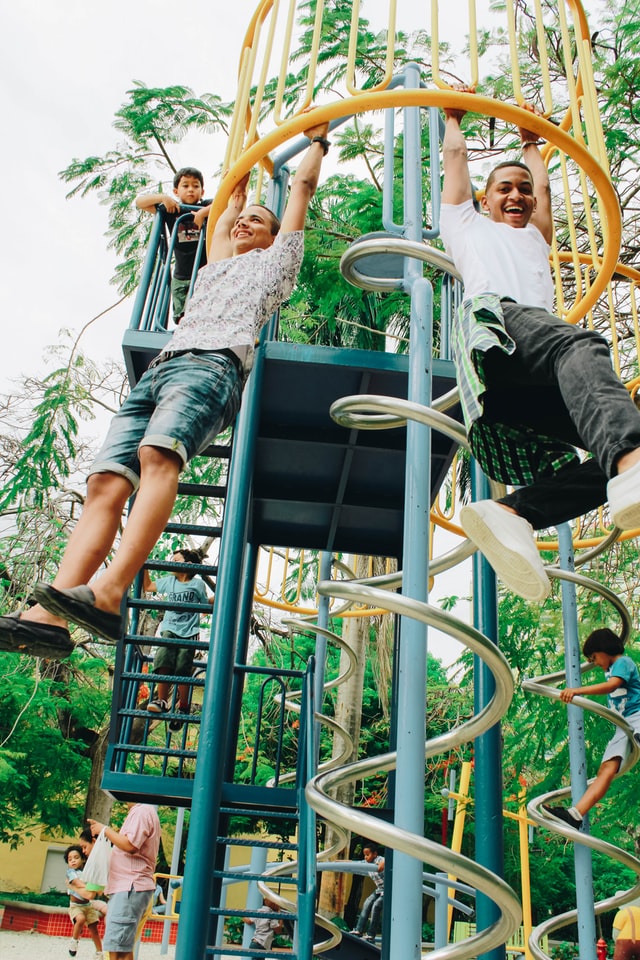 I was recently sitting and talking with a dear friend who has successfully beat cancer. As we talked she shared that she was beginning to realize her cancer diagnosis was fueled by childhood and current chronic stress. As a young girl she was pushed hard to be perfect, basically keeping the peace in the family through her successes. A heavy toll to carry for a 7-year-old. She continued in adulthood to care for others more than she cared for herself. She ate well, exercised, worked hard and is very successful, and she has a deep faith—but it’s her emotional health she tended to neglect—something she learned as a child.
I was recently sitting and talking with a dear friend who has successfully beat cancer. As we talked she shared that she was beginning to realize her cancer diagnosis was fueled by childhood and current chronic stress. As a young girl she was pushed hard to be perfect, basically keeping the peace in the family through her successes. A heavy toll to carry for a 7-year-old. She continued in adulthood to care for others more than she cared for herself. She ate well, exercised, worked hard and is very successful, and she has a deep faith—but it’s her emotional health she tended to neglect—something she learned as a child. Gratitude is so simple, yet most people overlook its amazing benefits. Dr. David Hamilton, author of Why Kindness is Good for You, writes, “Gratitude is a mark of being kind to life by being aware of all that is around us, and when we are grateful, we acknowledge the people and situations in our life and express thanks for them.” We teach our children to say “thank you,” but it’s also important to model and teach them to see gratitude as a key philosophy of life. Seeing and feeling gratitude every day is one key to being resilient and successful.
Gratitude is so simple, yet most people overlook its amazing benefits. Dr. David Hamilton, author of Why Kindness is Good for You, writes, “Gratitude is a mark of being kind to life by being aware of all that is around us, and when we are grateful, we acknowledge the people and situations in our life and express thanks for them.” We teach our children to say “thank you,” but it’s also important to model and teach them to see gratitude as a key philosophy of life. Seeing and feeling gratitude every day is one key to being resilient and successful.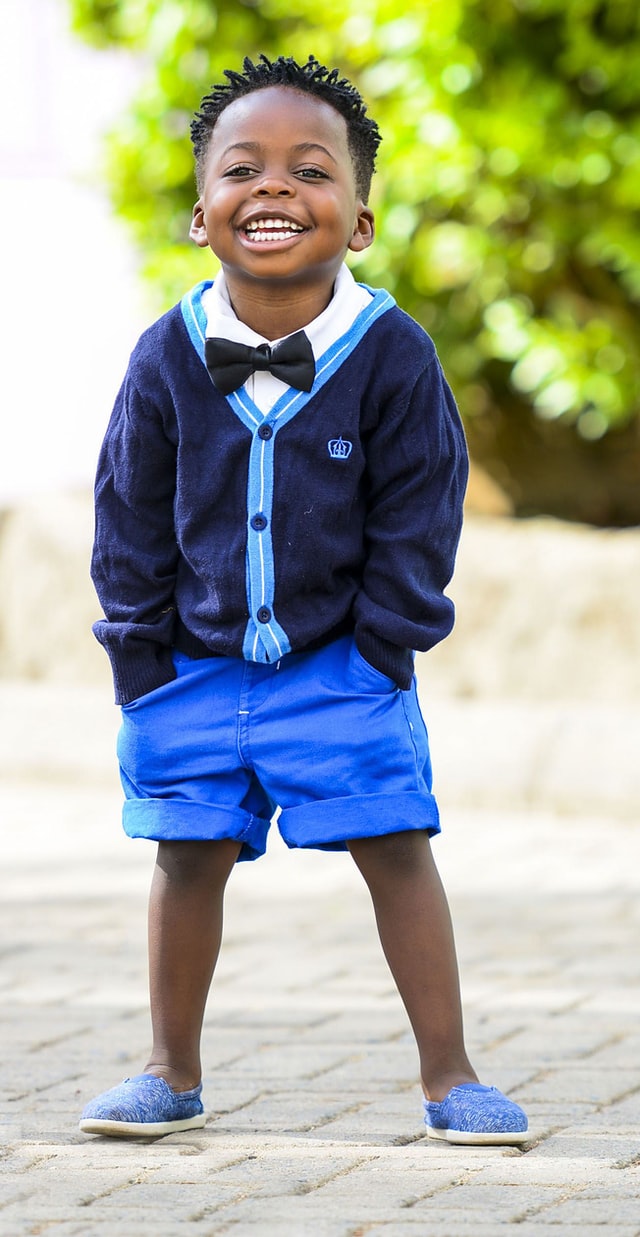
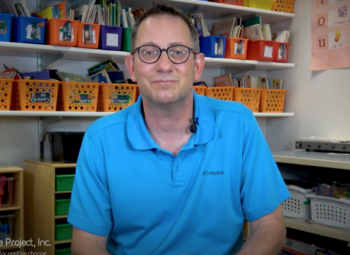 It’s back to school time 2021 style and it’s just plain stressful for students, teachers, parents, and admin. The reasons are obvious and endless. I feel for all of those dealing with these unique and yet common stressors in schools.
It’s back to school time 2021 style and it’s just plain stressful for students, teachers, parents, and admin. The reasons are obvious and endless. I feel for all of those dealing with these unique and yet common stressors in schools.
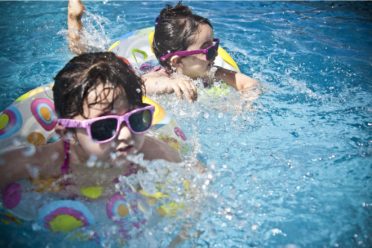 Water and kids go hand-in-hand during the summer months, but daily doses of splishing and splashing need to be taken seriously despite the fun factor.
Water and kids go hand-in-hand during the summer months, but daily doses of splishing and splashing need to be taken seriously despite the fun factor. Many people are curious about Emotional Freedom Technique (EFT), also called Tapping. Tapping is a tool anyone can use to help them deal with difficult emotions in life. All ages can be taught to use tapping, as young as 6 or 7 years old or as old as 100! It’s a simple, yet effective technique that can calm your nerves, relief anxiety, help you move through difficult emotions, and even help relieve physical pain and other ailments.
Many people are curious about Emotional Freedom Technique (EFT), also called Tapping. Tapping is a tool anyone can use to help them deal with difficult emotions in life. All ages can be taught to use tapping, as young as 6 or 7 years old or as old as 100! It’s a simple, yet effective technique that can calm your nerves, relief anxiety, help you move through difficult emotions, and even help relieve physical pain and other ailments.